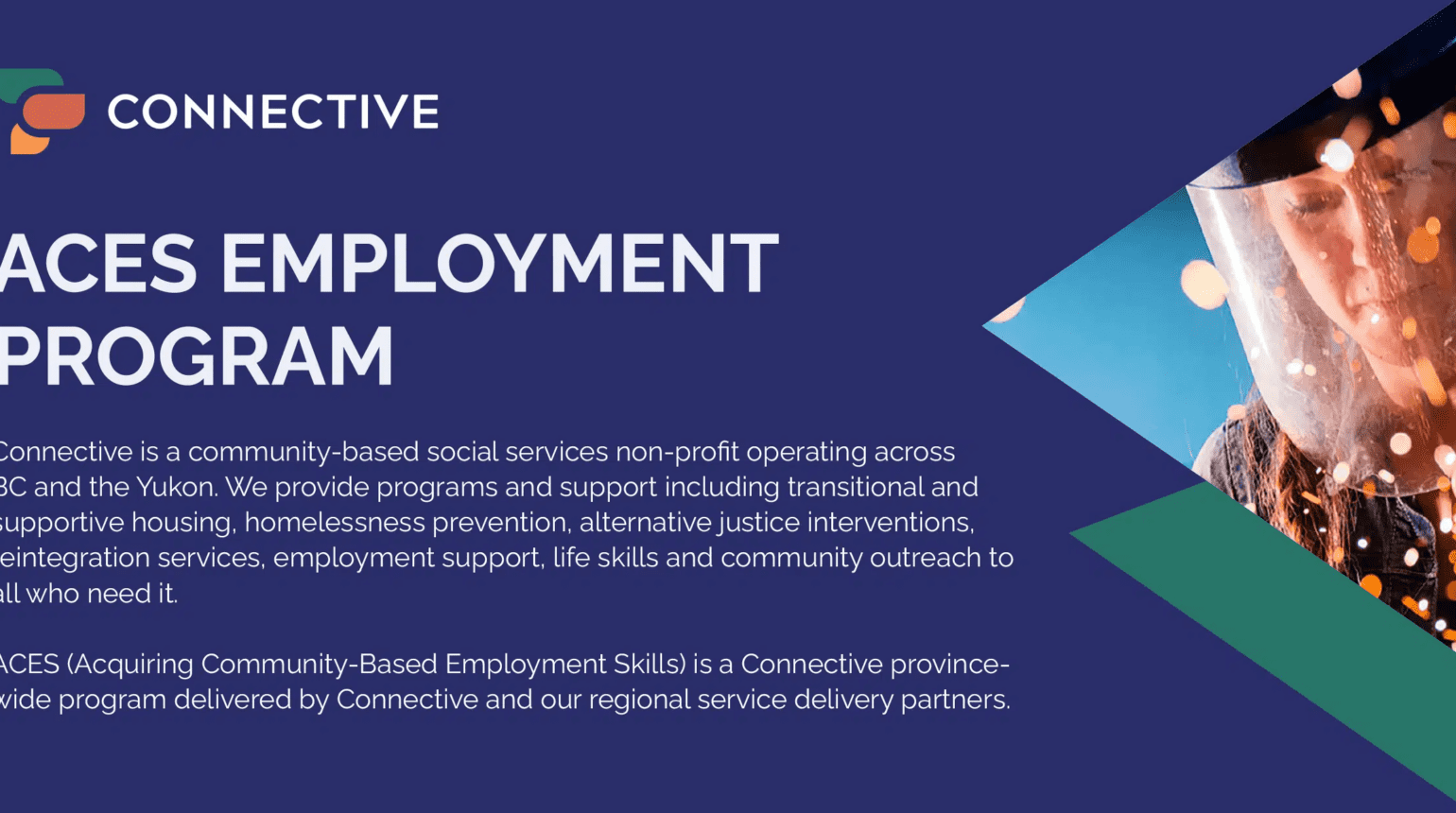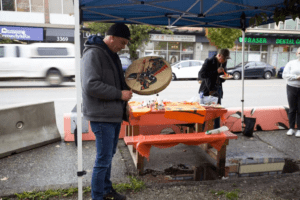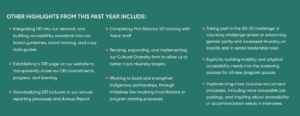Psychiatric Care at Connective
Connective’s psychiatric programs provide person-centered care that builds safety, stability, and new pathways for people to thrive.

At Connective, we know that mental health care works best when it’s proactive and person-centered. Our approach is rooted in our core values to support safety and create new pathways for people to thrive. By focusing on strengths and tailoring supports to individual needs, we help foster growth, stability, and long-term wellbeing.
Our psychiatric programs are designed to help people be successful in community settings. Each program is a little different, but together they create a continuum of care that helps people build independence while staying connected to vital services.
In alignment with this year’s Canadian Academy of Addiction Psychiatry (CAAP) conference, we’re proud to share some of the ways we’re helping individuals and communities through integrated, thoughtful care.
Hawthorn House
Hawthorn House is a long-term assisted living program for male-identifying residents with acquired brain injuries. Operated in partnership with Fraser Health, the home provides 24-hour support, meals, individualized planning, and access to community resources.
Grounded in person-centered care, the program focuses on each resident as an individual. Staff provide the right balance of assistance and independence, working alongside residents to strengthen daily living skills and support health and wellness. They also encourage personal growth, ensuring each resident can move forward at their own pace.



Life at Hawthorn is active and engaging. Residents take part in community outings such as walking in nearby parks, attending sporting events, and celebrating birthdays together. Recently, the group went bowling to mark several August birthdays. Cooking together is also a big part of daily life, helping residents build practical skills while enjoying shared meals.
Hawthorn’s name comes from the flowering shrub, chosen to reflect the importance of love, resilience, and self-expression. For the program team, it symbolizes creating a space where residents can thrive in their own unique way.
Alouette Homes
Alouette Homes is an innovative new model of care for people living with severe and persistent mental illness and co-occurring disorders. Operated in partnership with Vancouver Coastal Health, the program supports up to 20 residents and offers an improved quality of life with outdoor and communal spaces for daily activities.



What makes Alouette special is its focus on each person as an individual. Staff work with residents using evidence-based strategies to support recovery, resilience, and meaningful activities.
Grounded in these practices, the program also integrates positive behavioural support with psychosocial interventions. These strategies help residents strengthen daily living skills, foster personal growth, and build long-term stability.
Alouette is one of the few programs in the province that lets people with complex mental health needs live in a supportive home outside of a hospital. It helps residents work toward personal goals and build stability in daily life.
We are also committed to prioritizing Indigenous perspectives and providing supports that will help Indigenous residents connect with their culture and get the support they deserve. Collaborative clinical partnerships allow us to promote traditional healing, cultural teachings, and practices. We also work to foster understanding and respect for Indigenous culture, experience, and identity.
Granville Gates Supportive Housing
Granville Gates provides 114 units of supportive housing for seniors and equity-denied populations, including Indigenous people and women. Of these, 21 are part of a Comprehensive Vancouver Coastal Health (VCH) program that offers specialized psychiatric care and holistic wellness supports.
In addition to 24/7 staffing and meals, residents receive substance use support, medication management, daily assessments, and homecare. Staff also assist with everyday needs like shopping, laundry, and personal hygiene, and accompany residents to medical and mental health appointments, ensuring consistent and person-centered care.
Samara Community House
Samara is a CLBC-funded program that provides supportive housing for adults with developmental and mental health challenges. The program currently supports five individuals, offering both in-house and outreach-style services tailored to each person’s needs.
At the house, residents live in a semi-independent setting where staff provide day-to-day support. This includes helping with household tasks, connecting with community resources, or creating personalized tools to make daily life easier. Staff tailor their approach to each resident’s needs. One resident, for instance, was newly diagnosed with diabetes and struggled to understand numbers. To support him, staff created a visual line graph to track his blood sugar, showing goals and progress in a clear, hands-on way.


Samara’s supportive housing team also extends care beyond the house. For residents who may require additional time in hospital, staff bring comfort items, visit multiple times a week, and advocate to ensure their voices are heard. For those with community privileges, staff plan outings that help them reintegrate smoothly into daily life. The team also works closely with Forensic Psychiatric Hospital to support some residents in safely transitioning into the community, while offering ongoing supports to help them maintain stability once there.
At its core, Samara is about meeting each resident where they are. Staff provide person-centered care by supporting life skills, fostering healthy routines, and encouraging independence at each individual’s pace. This flexible approach helps residents grow in confidence while knowing they have the right supports in place.
Why Person-Centered Care Matters
At Connective, person-centered care is at the heart of everything we do. Staff take time to understand each resident’s goals, adapt supports to their needs, and help them gain independence while feeling safe and respected.
By focusing on the individual, our programs from supportive housing to outreach provide care that is integrated, flexible, and built for real life.
We invite you to learn more about our psychiatric programs and the many other ways Connective is helping individuals, families, and communities thrive by visiting our services.











 up to 40 lunches and 40 dinners / day
up to 40 lunches and 40 dinners / day  up to 50 dinners / day
up to 50 dinners / day





















